Kauai hau kuahiwi Facts
- The hard to pronounce term of Kauai hau kuahiwi serves as the common name for a beautiful variety of flowering plant in the mallow family. The common name for the plant comes directly from the native languge of the local Indigenous Peoples.
- Although this term may be difficult for the majority of people to pronounce, it’s likely more easily pronounced than its formal name. That’s because the official scientific term for his fascinting species is the tongue-twisting term of Hibiscadelphus distans.
- It’s also known sometimes as simply the hau kuahiwi. Presently, this wonder of Nature has no accepted common name in any other language. Regardless of which term one uses to refer to it, however, it remains a highly fascinating, and quite lovely, plant.
- Amazingly, the first known official recognition of it as a separate and distinct species did not occur until the year 1973. This scintifically noteworthy event represented the combined accomplishment of 2 researchers, L. Earl Bishop, and Derral Herbst.
- Sadly, though, the remarkable Kauai hau kuahiwi remains an extremely rare species within its native range. Due to this, the IUCN currently lists it as Critically Endangered. That listing appears on the organization’s published Red List of Threatened Species.
- Given the precariousness of its situation, it naturally faces many threats to its continued existence. Obviously, any amount of habitat loss poses a danger to it. Its greatest threat, however, likely comes in the form of the effects of climate change.
Related Articles
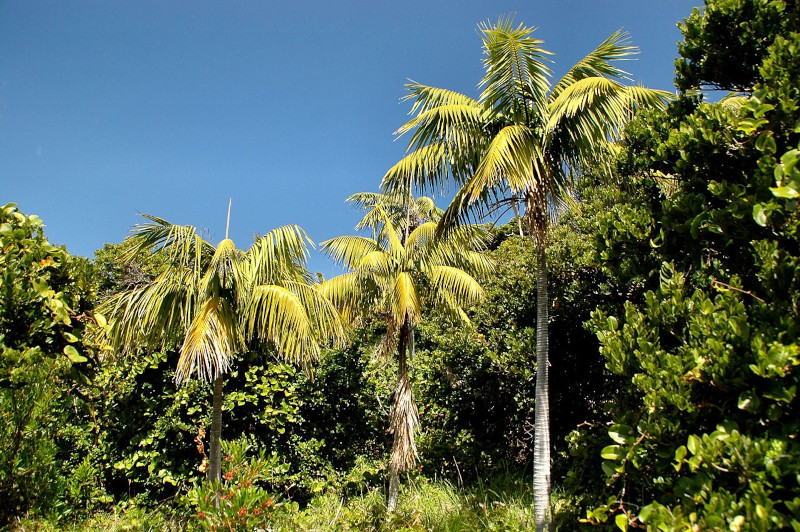
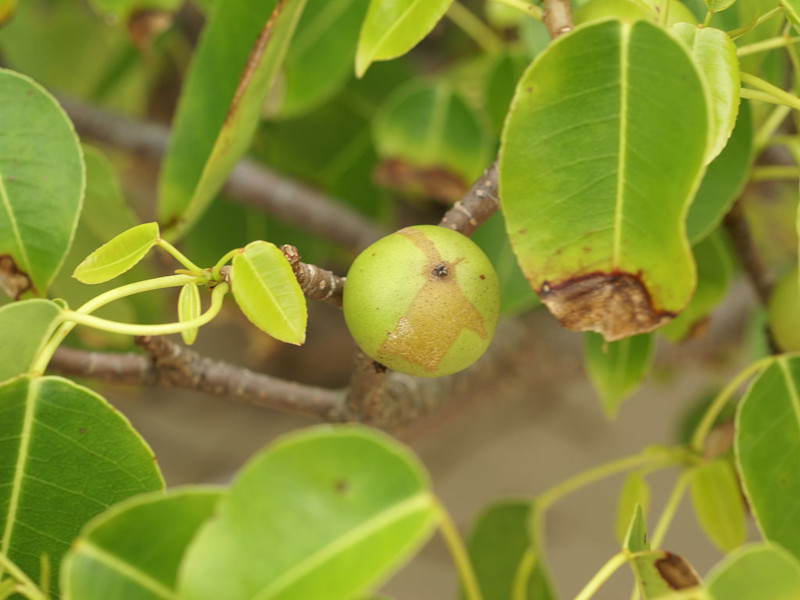
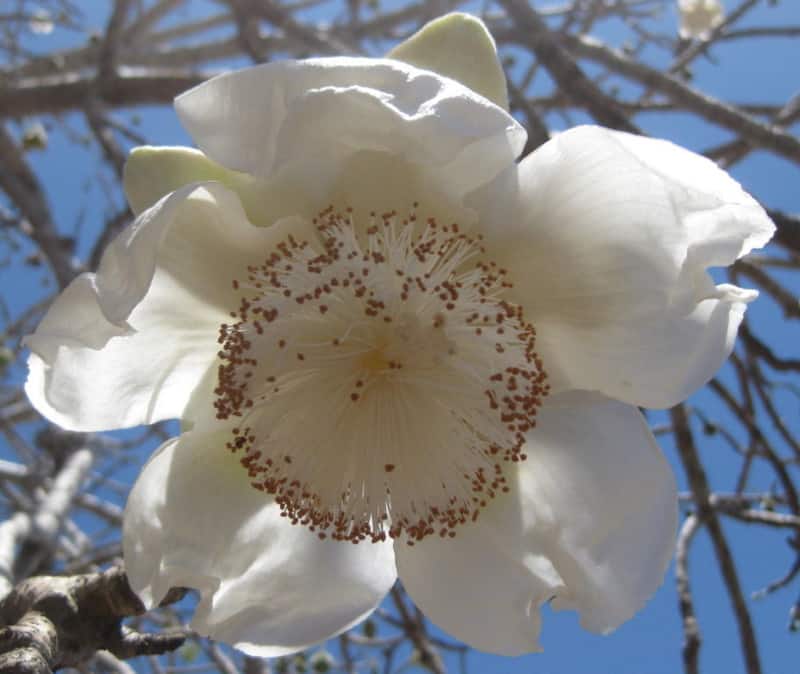
Kauai hau kuahiwi Physical Description
The marvelous Angiosperm known as the Kauai hau kuahiwi impresses those who know of it for reasons other than sheer size. That’s due to the fact that it’s also quite versatile in terms of its own shape. That’s because the plant appears as both a small tree and a shrub.
The maximum measured height of any individual specimen measured roughly 16 ft (5 m). Most of the other known trees of this species actually attained a much smaller height. The variations appear to depend upon local conditions for each individual example.
The bark of this tree also holds its own distinctive visual appeal. That holds true due to the fact that, both on the slim trunk and the numerous limbs, these typically possess a smooth texture. Mature specimens further generally develop a very well-rounded crown.
That foliage itself has a marvelous and distinctive nature. The leaves of the plant typically develop in a heart-shaped pattern. These further average between 1.6 – 3.9 in (4 – 10 cm) in length. Each also displays rounded serrations, as well as star-shaped hairs underneath.
The flowers of the Kauai hau kuahiwi also hold a unique appeal. These average 1.2 – 1.6 in (3 – 4 cm) in length. They’re also surrounded by small triangular structures. The perals begin life with a greenish yellow color. That, however, slowly changes to maroon shade over time.
- Kingdom: Plantae
- Phylum: Angiosperm
- Class: Eudicots
- Order: Malvales
- Family: Malvaceae
- Genus: Hibiscadelphus
- Species: H. distans
Kauai hau kuahiwi Distribution, Habitat, and Ecology
Regrettably, the known area of habitation for the Kauai hau kuahiwi remains extremely limited. In point of fact, it only appears on a single island. More precisely, the plant only lives on the island of Kauaʻi in Hawaii, which forms part of the country of the United States.
Even there, however, the beautiful Angiosperm only inhabits a tiny section of the island. In fact, to the knowledge of researchers, only two naturally occuring concentrations of the species exist. Both of these, furthermore, appear in the Pu’u Ka Pele Forest Reserve.
Both populations also appear in one, somewhat rugged area there. That’s because the groupings inhabit the Lower Koaiʻe Canyon area. These populations consist of only 20 wild specimens, along with another 120 that have been reintroduced to the region.
Each of the concentrations also appear at either low or middle elevations. All known specimens inhabit an altitude that ranges between 1,000 – 1,800 ft (300 – 550 m) above sea level. These examples further live in the greatly eroded remains of dry, native forests.
The plant seems to have adapted to very steady environmental conditions, as well. The mean temperature where it lives only ranges between 65.3 -78.3 F (18.5 to 25.7 C). This rare plant also seems to require very dry, crumbly soil, overlaying basaltic bedrock.
Unfortunately, a landslide destroyed one previously known population of the Kauai hau kuahiwi 1989. Yet another grouping was completely destroyed in 1992, by the effects of Hurricane Iniki. Thankfully, two botanical gardens now cultivate the plant, though.
Species Sharing Its Range

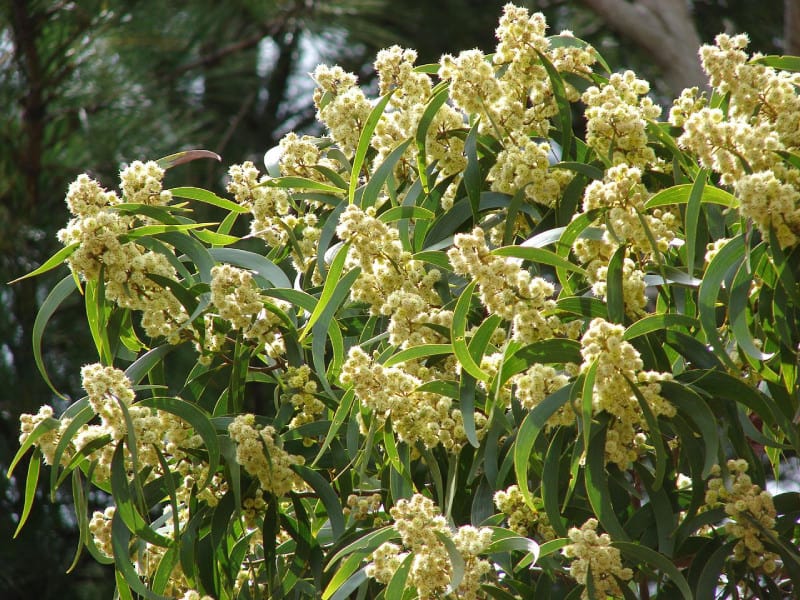
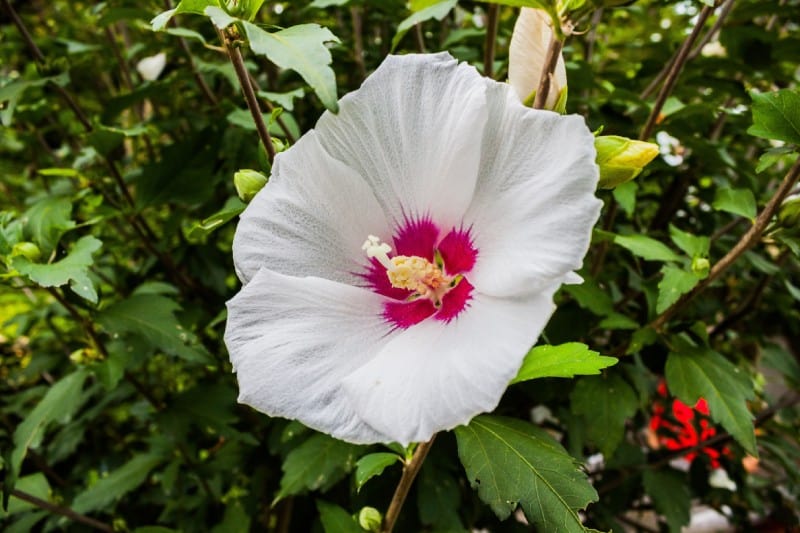
Check out our other articles on 6 Mysterious Natural Phenomena, Southern Tamandua, Chandipur Beach, Wax Currant, Reef Manta Ray, European Hornet, California red-sided garter snake
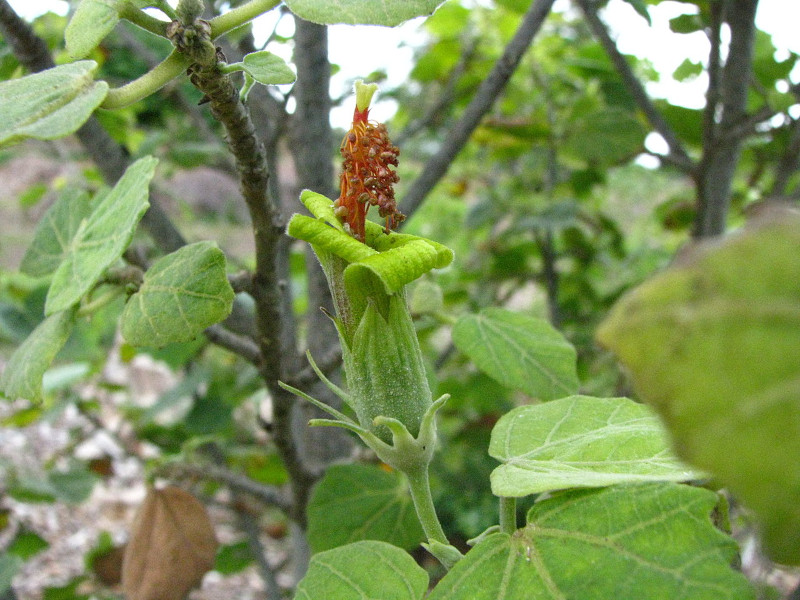
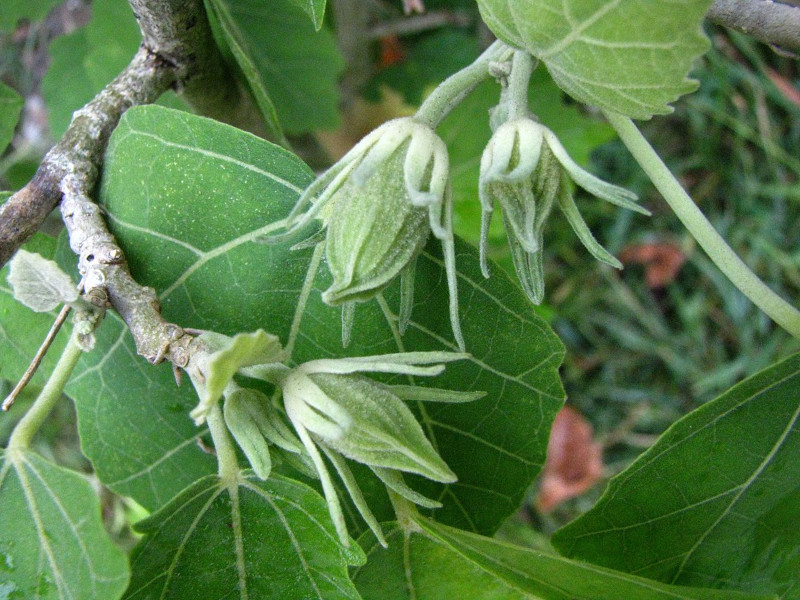
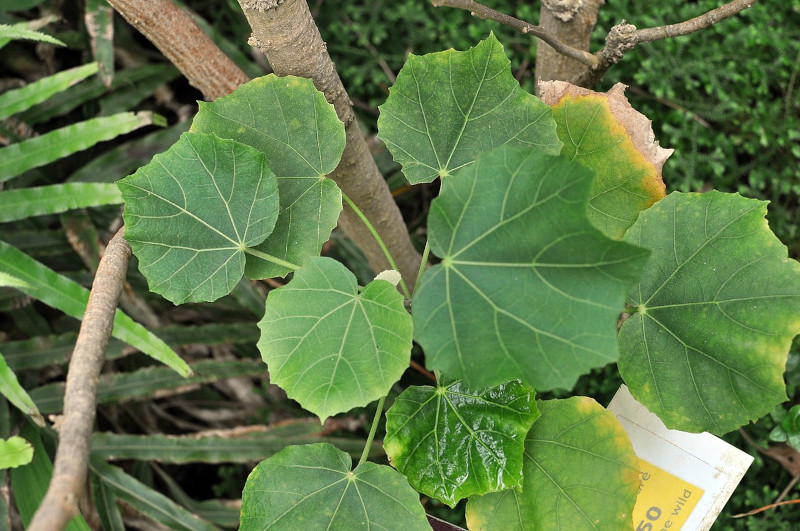









Leave a Reply